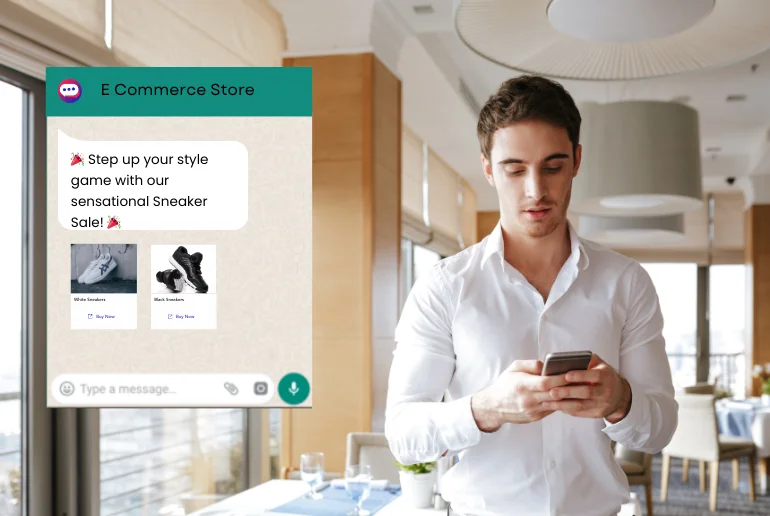Are you ready to take your business messaging to new heights? Whatsapp carousels can do it. In this article, we’ll walk you through everything you need about this engaging feature. Let’s get started!
Introduction
In digital communication, staying ahead of the curve is essential. With the advent of WhatsApp Business, companies have been granted a powerful platform to engage with their audience directly. Among its many features, WhatsApp’s Carousel Templates are a versatile tool for businesses looking to enhance their messaging strategy. Let’s delve into what WhatsApp Carousels are and how they can revolutionise your approach to customer interaction.
What are WhatsApp Carousels?
WhatsApp Carousels allow businesses to send multiple message components in a single chat bubble, presenting information in a dynamic and visually appealing format. Unlike traditional messaging formats limited to plain text or static images, Carousel Templates enable companies to create immersive, interactive customer experiences.
Each Carousel Template can contain up to ten cards, each capable of displaying a unique combination of text, images, and call-to-action buttons.
This flexibility empowers businesses to prepare rich narratives, showcase diverse products or services, and guide users through a seamless journey within the chat interface.
Key features of a WhatsApp carousel include:
- Multiple Cards: A carousel can contain up to 10 cards representing a different product or service.
- Visual Appeal: Each card includes an image, which can be used to visually represent the offering, making it more attractive and engaging for the recipient.
- Descriptions: Each card can have a short descriptive text that provides details about the product or service being showcased.
- Call-to-Action Buttons: Each card includes a call-to-action button, which can be customised with different actions, such as “Buy Now,” “Learn More,” or “Contact Us.”
- Interactive Experience: Recipients can easily scroll through the carousel to view different cards and interact with the call-to-action buttons, enhancing the overall user experience.
Use Cases of Whatsapp Carousel Templates
The advent of the WhatsApp Carousel feature has significantly expanded the range of possibilities for both individual users and businesses. Beyond WhatsApp’s traditional messaging capabilities, companies can leverage this feature to convey information effectively and meaningfully and engage with their audience. Let us explore the effective use cases of Whatsapp Carousel.
Product Showcases
Businesses can leverage the WhatsApp Carousel feature to showcase their products visually appealingly. Each image or video in the carousel can highlight different product features, angles, or variations, providing customers with a comprehensive overview. For example, an e-commerce retailer can use the Carousel feature to display various clothing items, allowing customers to swipe through and explore various designs, colours, and sizes.
Travel Destination
Travel agencies and tourism boards can utilise the Carousel feature to showcase popular destinations and attractions. Each image can highlight a different destination aspect, such as landmarks, activities, or accommodations. By creating immersive visual experiences, travel businesses can inspire wanderlust and entice potential travellers to explore new destinations.
Tutorials and How-To Guides
Content creators and educators can create step-by-step tutorials and how-to guides using the WhatsApp Carousel feature. Each image or video in the carousel can illustrate a specific step or technique, making complex concepts more accessible and easy to understand. For example, a cooking enthusiast can share a recipe tutorial with images depicting each cooking step, from ingredient preparation to plating.
Event Promotion
Event organisers can leverage the Carousel feature to promote upcoming events and generate excitement among attendees. Each image or video in the carousel can highlight different aspects of the event, such as speakers, agenda, venue, and past highlights. By showcasing compelling visuals, event organisers can capture the audience’s interest and encourage them to RSVP or purchase tickets.
Storytelling and Narratives
Individuals and businesses can use the WhatsApp Carousel feature to tell engaging stories and narratives. Each image or video in the carousel can represent a different chapter or scene, allowing storytellers to unfold their narrative captivatingly. For example, a brand can use the Carousel feature to share a visual story about its journey, highlighting key milestones, achievements, and values.
Product Demonstrations
Businesses can utilise the Carousel feature to provide product demonstrations and tutorials to customers. Each image or video in the carousel can showcase the product’s different features, functionalities, and use cases, helping customers understand its value proposition. For example, a technology company can use the Carousel feature to demonstrate its new software product’s setup process and user interface.
Portfolio Showcase
Creative professionals such as photographers, designers, and artists can use the WhatsApp Carousel feature to showcase their portfolios and highlight their work. Each image or video in the carousel can represent a different project, allowing professionals to showcase their skills, style, and creativity. For example, a photographer can use the Carousel feature to showcase stunning photographs from various shoots or projects.
How to Set Up WhatsApp Carousel Messages
Setting up a WhatsApp carousel involves creating templates to send a single text message with up to 10 carousel cards in a horizontally scrollable view. Here’s an overview of the steps you need to follow:
Create a Carousel Template:
- Create a carousel template using the WhatsApp Business Account > Message Templates endpoint.
- Define the template with a name, language, category, and components, including the message bubble and carousel cards.
Send a Carousel Template Message:
- Use the WhatsApp Business Phone Number > Messages endpoint to send a carousel template message using a carousel template with an APPROVED status.
Define Carousel Cards:
- Each carousel card can have a header, body, and buttons. At least one button is required per card.
- You can use quick reply buttons or URL buttons within the carousel cards.
Upload Media Assets:
- Use the Resumable Upload API to generate an asset handle or ID if your carousel cards include images or videos.
Test Your Carousel:
- Before sending it out to your audience, test your carousel to ensure everything displays correctly.
Conclusion
Carousel templates on WhatsApp provide businesses a versatile and interactive way to connect with their audience, showcase products, and boost engagement. These templates empower businesses to share engaging content in a concise and visually appealing format.
Whether highlighting product features, telling a story, or promoting an event, Carousel templates enable businesses to create immersive experiences that resonate with their audience. The visual appeal of Carousel templates, coupled with interactive features such as call-to-action buttons, drives higher engagement and encourages users to take desired actions.
Overall, WhatsApp Carousel templates empower businesses to deliver impactful content that captures attention, drives interaction and fosters meaningful connections with their audience.
Ready To Explore?
Frequently Asked Questions?
What are WhatsApp Carousels?
WhatsApp Carousels are a feature that allows you to send multiple images or cards in a single message. Users can swipe through the images or cards horizontally to view them.
How do I create a WhatsApp Carousel?
To create a WhatsApp Carousel, you can use tools like WhatsApp Business API or third-party platforms that support carousel messaging. These tools typically provide templates or interfaces for you to upload your images and arrange them in a sequence.
What are the benefits of using WhatsApp Carousels for business?
WhatsApp Carousels are an excellent way to showcase multiple products or services in a single message, making it easier for customers to browse and engage. They also allow for more interactive and visually appealing content, which can increase user engagement and conversion rates.








